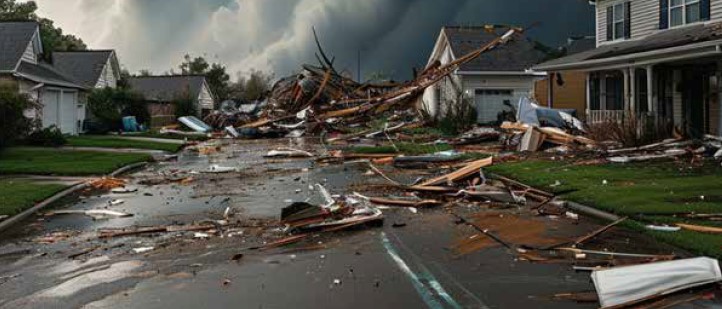Climate Resilience – The ability of communities, systems, or economies to withstand and recover from climate-related shocks.
Flood Risk Mitigation – Strategies to reduce the impact of floods, including infrastructure improvements and early warning systems.
Community Resilience – The capacity of local communities to anticipate, prepare for, respond to, and recover from disasters.
Early Warning Systems – Technological tools or processes used to alert communities about impending disasters.
Flood Management – Techniques used to manage the risks and impacts of flooding, including drainage improvements and flood-resistant infrastructure.
Flood-Resilient Housing – Housing designed or modified to withstand flooding through elevated structures or the use of special materials.
Riverbank Erosion – The process by which riverbanks are worn away by water flow, often exacerbated by flooding.
Civil Society Organizations (CSOs) – Non-governmental groups involved in disaster preparedness, recovery, and community support.
Embankments – Raised structures along riverbanks designed to prevent flooding.
Siltation – The accumulation of sediment in rivers or lakes, which can exacerbate flooding by reducing water flow capacity.
Integrated Water Resources Management (IWRM) – A coordinated approach to managing water resources in a way that reduces flood risks.
Geographic Information Systems (GIS) – Technology used to analyze and manage spatial data, often for flood mapping and management.
Sustainable Development – Development that meets current needs without compromising the ability of future generations to meet their own needs, often including disaster risk considerations.
Hydrological Models – Mathematical models used to predict water flow and flooding scenarios.
Wetland Restoration – Efforts to restore wetlands, which act as natural flood buffers by absorbing excess water.
Climate-Resilient Agriculture – Farming practices that are adapted to cope with the impacts of climate change, such as flood-resistant crops.
Non-Governmental Organizations (NGOs) – Independent organizations that play a role in disaster response, recovery, and resilience building.
Microfinance Support – Financial services, often provided by an organization, to help communities recover economically after disasters.
Livelihood Restoration – Programs aimed at helping communities regain their means of earning a living after a disaster.






